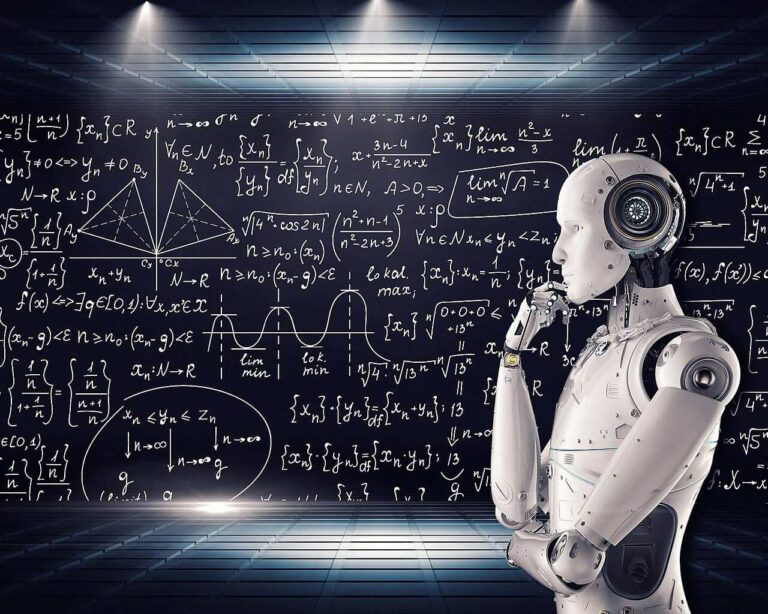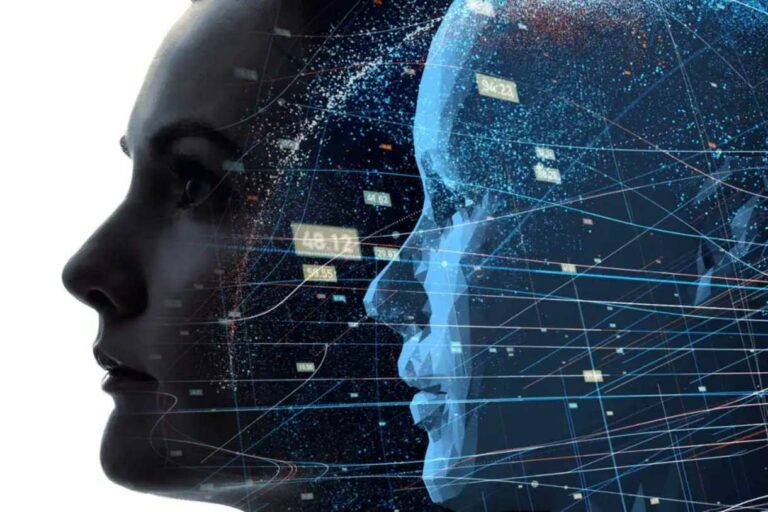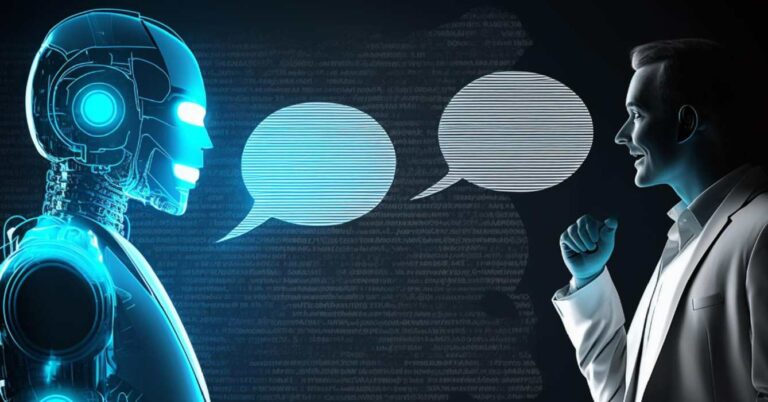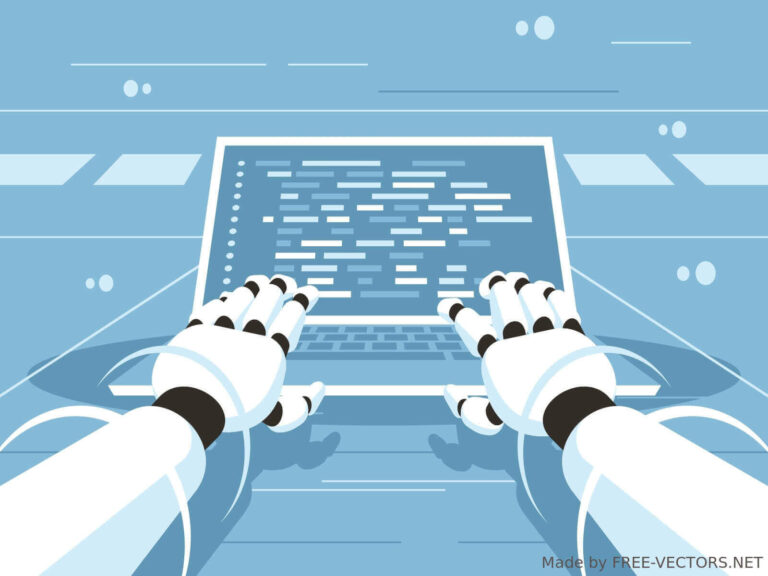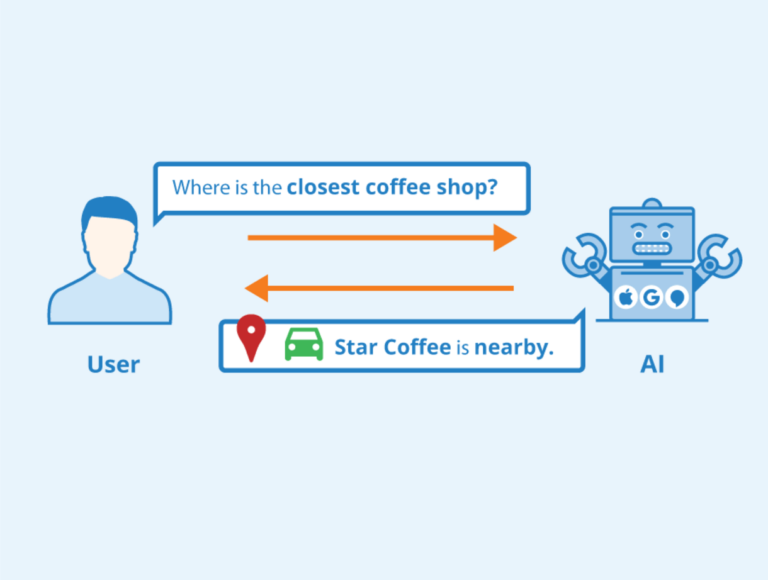Quantum Computing: Meaning, Advantages & More
Confused by all that quantum computing talk and itching to understand what it is all about? Here is a beginner-friendly introduction.
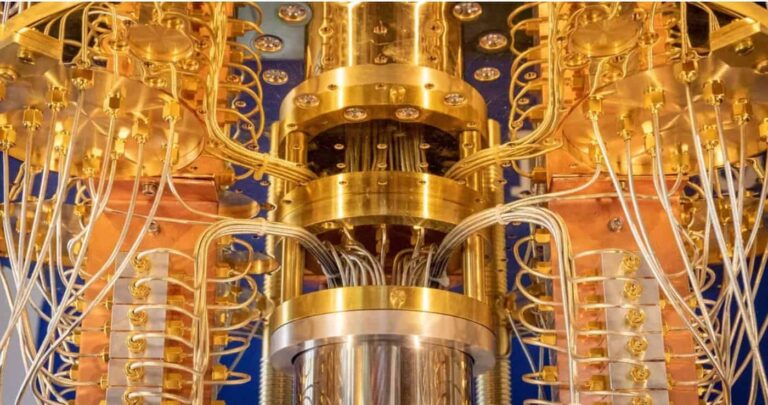
Quantum computing is the application of quantum-mechanical principles in performing computations. The basic phenomena employed here are entanglement and superposition.
While quantum computing is a relatively new buzzword, quantum mechanics has existed for much longer. It was responsible for major developments in the electronics industry and additionally offers answers to many of mankind’s mysteries.
Quantum mechanics focuses on how atoms and sub-atomic particles work, while the word quantum refers to the smallest particle one can work with. That is the most basic building block of any physical object.
From Max Planck to Albert Einstein, Neils Bohr, and Erwin Schrödinger, many great scientists were involved in the development of quantum mechanics and its eventual culmination into the quantum computing race – one of the greatest technology races of our time.
This post takes you into the magical world of quantum phenomena, shows you how to make a computer from it, and explores its related fields.
Spooky Action at a Distance
Quantum phenomena defy conventional understanding and work on completely different terms from classical physics. So, in the 1930s, Einstein used the words “spooky action at a distance” to describe the phenomena of quantum entanglement and how it does not fit into conventional science.
Quantum entanglement is nothing new. If you create two particles at the same place and instant, then they become entangled. Meaning that whatever happens to one, affects the other.
It is like falling in love and getting a call whenever you think of your lover. Or making a call and hearing “I was just about to call you”. Identical twins have also been known to fall sick at the same time.
The spookiest part of quantum entanglement is that you can take one of the entangled particles far away. And whatever conditions you subject it to will affect the second particle instantaneously, even from half a galaxy away.
Quantum computers employ this property to store huge amounts of information on multiple particles at once. These particles are called qubits or quantum-bits, but first, a look at the second quantum-mechanical phenomenon.
Erwin Schrödinger & His Cat
Another early quantum researcher was Austrian physicist Erwin Schrödinger, who, like Albert Einstein, equally found parts of quantum phenomena ridiculous. So, he came up with the now-famous thought experiment called “Schrödinger’s cat” to visualize the paradox of quantum superposition.
This though experiment states that if you put a cat and something that could kill the cat into a box and sealed it. You would not know if the cat was dead or alive until you opened the box. So, logically, the cat was both dead and alive until you open the box.
Superposition is the second phenomenon that makes quantum computing possible. Where classical computers work with bits of information that can either represent 1 or 0 at any given time, quantum computers work with qubits (quantum bits) that can represent both 0 and 1 at the same time, just like the cat that was both dead and alive.
Here is a closer look at qubits.
The Bit vs The Qubit
The qubit is what makes quantum computing possible. Also referred to as quantum bit or qbit, a qubit is the smallest unit of energy that you can manipulate to save and retrieve information from.
A regular computer bit can only be 0 or 1 at any given time. While a quantum bit can be both at the same time. Two regular bits, therefore, can hold 00, 01, 10, and 11 at any given time. But two quantum bits can hold all four states at the same time. This means 4x faster compute cycles.
With 3 regular bits, you can either get 000, 001, 010, 011, 100, 101, 110, and 111 at any given time. But 3 qubits will hold all eight states at the same time, giving you 8x faster compute cycles. As you can see, this relationship is exponential, then each additional bit doubles the amount of information available.
So, with 5 qubits, you are looking at 32 simultaneous states, with 10 qubits it is over 1,000 states, and at 20 qubits, over a million. Now, consider how many states the 1,000-qubit quantum computers that IBM and Google are developing can hold simultaneously.
You can make qubits from photons, electrons, atomic nuclei, quantum dots, superconductors, and other implementations. The goal is to create a stable collection of quantum bits of energy that you can conveniently set and measure at will.
Advantages of Quantum Computing
The major advantage of quantum computing is instantaneous results from complex problems. This is mainly in situations where you have to choose the right answer from many possibilities. And this makes them great for number factoring, large-scale simulations, and pattern recognition in artificial intelligence.
The standard approach for classical computers is to investigate each possibility until you find what you are looking for. Often called a needle in a haystack search, the amount of time this operation will take depends on how much hay or records you have to sift through. And on how fast your machine is.
Supercomputers make such problems easier by increasing the speed of checking each possibility. Quantum computers, on the other hand, can generate all the possibilities simultaneously, if enough qubits are available. That is why they can compute problems in a few hours that ordinary computers will take hundreds to thousands of years to compute.
Quantum Computing Problems & Limitations
While you can easily measure bits in a classical computer, measuring a qubit destroys its state and that of its entangled qubits.
Also, classical bits are made from a wide range of semiconductor materials that just have to either hold a charge (1) or not (0). Qubits are, however, much more complex and difficult to implement. And in addition to spatially isolating a qubit, you need to shield it from environmental interference, such as temperature and electrostatic fluctuations. Because such small environmental changes will also corrupt these states.
This loss of entanglement or system balance is called quantum decoherence and is the major problem that most researchers are trying to solve. It is so severe that Google’s upcoming 1,000-qubit machine will need up to 1,000 qubits for error correction of each qubit. Thus making it a 1-million qubits machine.
It also means that you cannot currently handle a quantum computer as you would a laptop or smartphone. The computer needs laboratory conditions to maintain a safe level of stability for its qubits.
Another drawback is the limited scope of the so-called quantum supremacy, because not every computing problem involves large volumes of numbers or possibilities. So, the computational boost in most other operations is too insignificant to justify a quantum-computing approach. And unless quantum computers end up cheaper than classical computers, they are also not replacing them any time soon.
Despite all these drawbacks, quantum computers and their qubits hold a lot of potential in the computer industry because of the large numbers they can handle with ease.
Are there Dangers with Quantum Computing?
Yes. Every good hacker knows that every technology has a loophole. You just have to find it. So, no matter the actual implementations of quantum computers in the future, there will still be issues with the technology. And actors ready to capitalize on them.
This scenario refers to uses like banking, finance, government, and similar public activities. A second scenario is when a malicious actor employs the amazing power of a good quantum computer to pull off a feat. And as always, people will only become aware of such a possibility after the deed is done.
Quantum computing does well with numbers. So, asymmetric encryption algorithms that use factorization, such as the public-key RSA are not safe. Hashing and symmetric cryptography, such as the AES-256 and 512, as well as SHA-256 and 512, on the other hand, are relatively safe.
Other Applications of Quantum Mechanics
As exciting as the world of quantum computing is, it is still just a part of quantum mechanics. So, in other words, the quantum party is just getting started.
Quantum mechanics has been instrumental in semiconductor and modern electronics development. Work is also underway for quantum networking and cryptography, such as Swiss-based quantum-cryptography pioneer ID Quantique. Plus, quantum phenomena have additionally shown promise in numerous research fields, including photosynthesis, smell receptors, and even our understanding of time.
Real-World Quantum Computers
There are many quantum computers and similar applications out there. They come from large multinationals like Google and IBM, as well as governments, and even smaller players like Rigetti.
Quantum computing is currently one of the hottest research areas on the planet. So there are probably more secret programs out there than you can imagine. Below are some major projects:
- Google owns 54-qubit and 72-qubit machines
- IBM owns over 30 machines scattered across the globe, including the 65-qubit Manhattan
- China is home to many quantum computers, including a 76-qubit machine and even quantum satellite communication.
- Google’s 54-qubit Sycamore-powered machine spent only 200 seconds to compute what supercomputers would need 10,000 years to compute.
- IBM is developing a 1,000-qubit machine by 2023
- Rigetti Computing owns four, including a 31-qubit machine
- Google is building a new quantum center to create a 1,000-qubit computer by 2029. Factoring error correction, that computer’s total qubits could reach 1 million.
Conclusion
Quantum computers are here to stay. As they will create many opportunities and solve real-world problems that classical computers have struggled with for decades.
However, there is still a lot of work to be done and challenges to overcome before we get there. And until then, China might just surprise the world.
